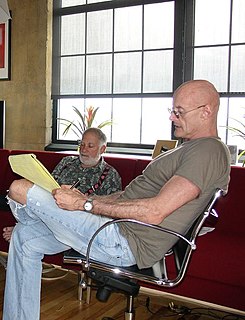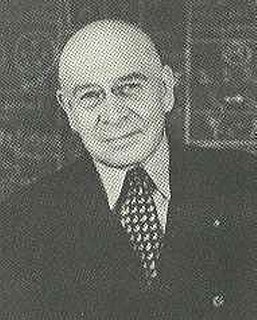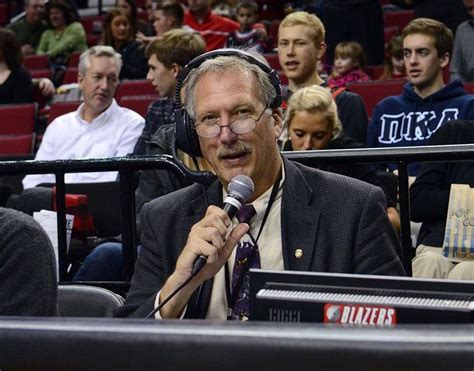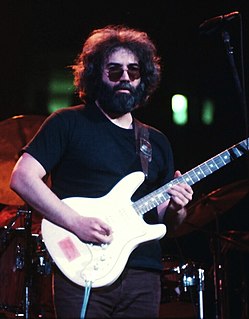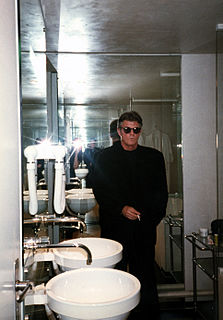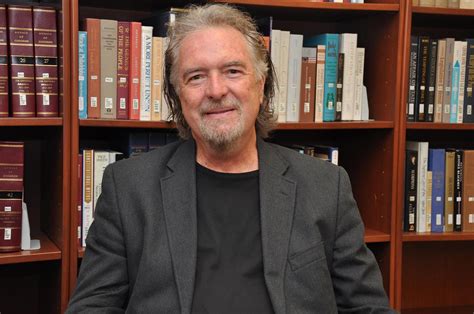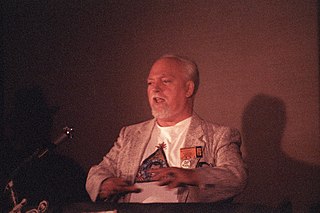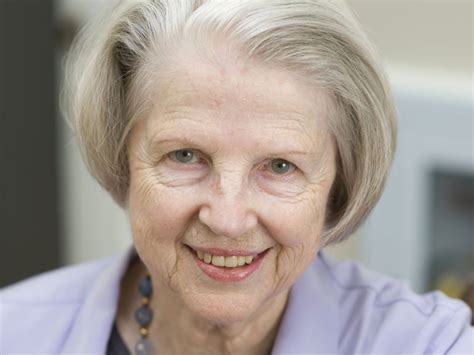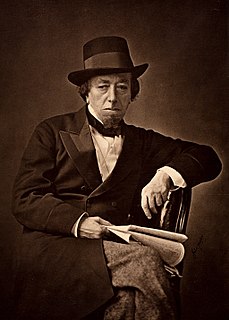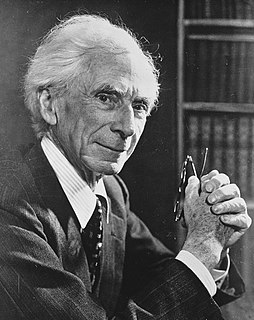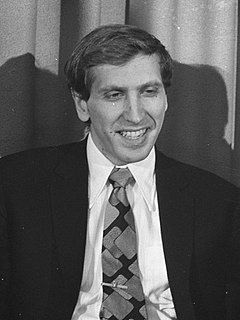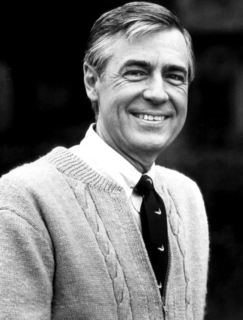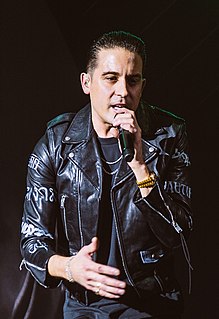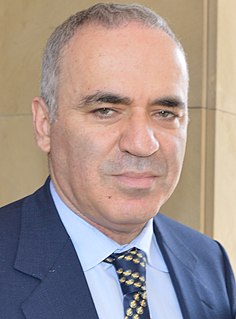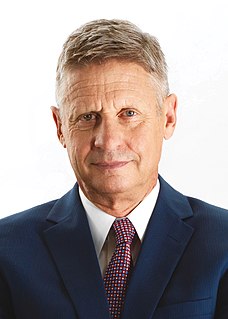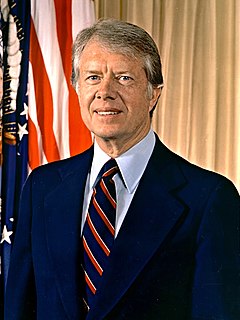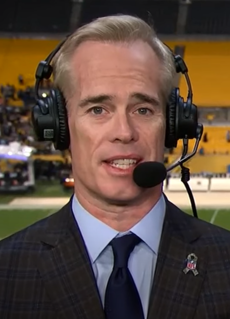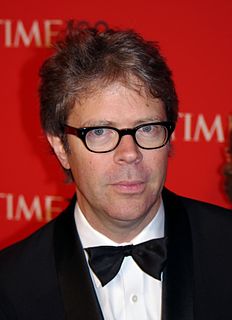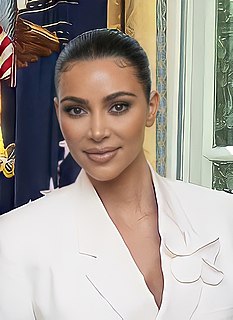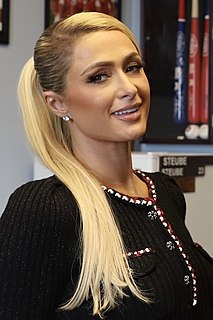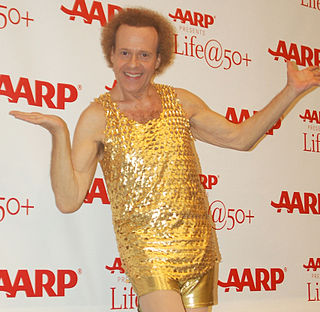A Quote by Ken Wilber
THE ULTIMATE METAPHYSICAL SECRET, if we dare state it so simply, is that there are no boundaries in the universe. Boundaries are illusions, products not of reality but of the way we map and edit reality. And while it is fine to map out the territory, it is fatal to confuse the two.
Related Quotes
That all opposites—such as mass and energy, subject and object, life and death—are so much each other that they are perfectly inseparable, still strikes most of us as hard to believe. But this is only because we accept as real the boundary line between the opposites. It is, recall, the boundaries themselves which create the seeming existence of separate opposites. To put it plainly, to say that "ultimate reality is a unity of opposites" is actually to say that in ultimate reality there are no boundaries. Anywhere.
There's a popular misconception that property boundaries are based on coordinates that surveyors can simply "walk to" with our instruments. The reality is that, while physical coordination of monuments is easier than it's ever been, property boundaries often need to be determined based on evidence and plans that are old, decrepit, and done with different technology and expectations than we have today.
One describes a tale best by telling the tale. You see? The way one describes a story, to oneself or to the world, is by telling the story. It is a balancing act and it is a dream. The more accurate the map, the more it resembles the territory. The most accurate map possible would be the territory, and thus would be perfectly accurate and perfectly useless. The tale is the map that is the territory. You must remember this.
What a lost person needs is a map of the territory, with his own position marked on it so he can see where he is in relation to everything else. Literature is not only a mirror; it is also a map, a geography of the mind. Our literature is one such map, if we can learn to read it as our literature, as the product of who and where we have been. We need such a map desperately, we need to know about here, because here is where we live. For the members of a country or a culture, shared knowledge of their place, their here, is not a luxury but a necessity. Without that knowledge we will not survive.
Digital technology, you see, is not the villain here. It simply offers another dimension. I'm not sure if it's a farther remove from reality than analogue. I think if we can speak of reality, if reality and representation can be spoken of in the same sentence, if reality even exists any more, digital is simply another way of encoding that reality.
While writing Cold Mountain, I held maps of two geographies, two worlds, in my mind as I wrote. One was an early map of North Carolina. Overlaying it, though, was an imagined map of the landscape Jack travels in the southern Appalachian folktales. He's much the same Jack who climbs the beanstalk, vulnerable and clever and opportunistic.
While writing 'Cold Mountain,' I held maps of two geographies, two worlds, in my mind as I wrote. One was an early map of North Carolina. Overlaying it, though, was an imagined map of the landscape Jack travels in the southern Appalachian folktales. He's much the same Jack who climbs the beanstalk, vulnerable and clever and opportunistic.
The Western World has been brainwashed by Aristotle for the last 2,500 years. The unconscious, not quite articulate, belief of most Occidentals is that there is one map which adequately
represents reality. By sheer good luck, every Occidental thinks he or she has the map that fits. Guerrilla ontology, to me, involves shaking up that certainty.
Confidentiality refers to the boundaries surrounding shared secrets and to the process of guarding these boundaries. While confidentiality protects much that is not in fact secret, personal secrets lie at its core. The innermost, the vulnerable, often the shameful: these aspects of self-disclosure help explain why one name for professional confidentiality has been "the professional secret." Such secrecy is sometimes mistakenly confused with privacy; yet it can concern many matters in no way private, but that someone wishes to keep from the knowledge of third parties.
